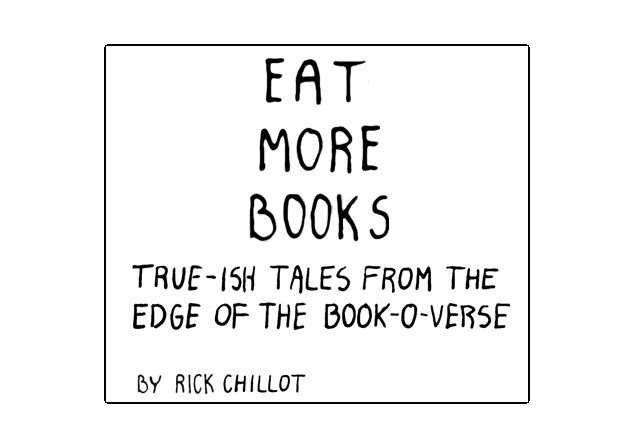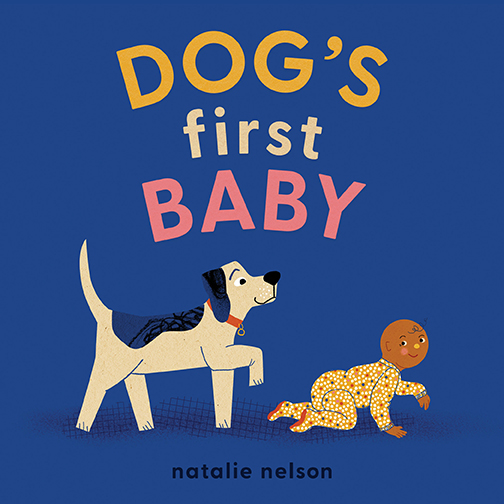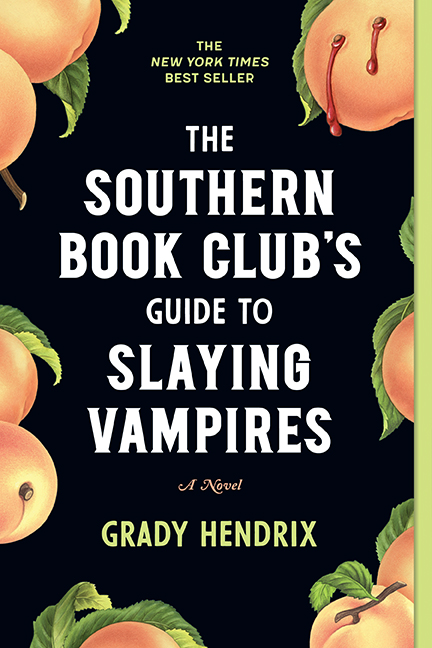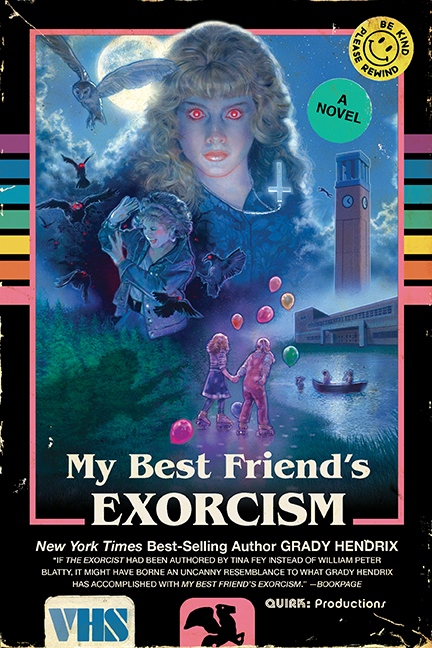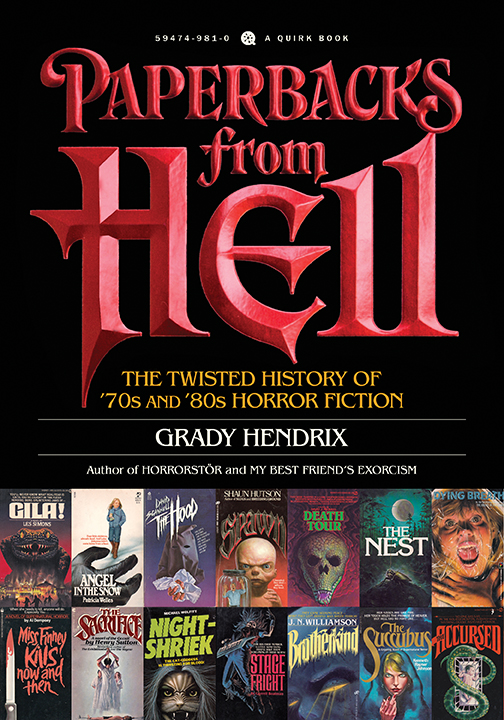Our Blog
Quirk Heads to BEA: Say Hi, Meet Authors, Get Swag
Hey Quirk fans!
Next week, we're packing up a bunch of books, swag, and authors (using only the finest packaging materials for them), and heading to Book Expo America for three days of hanging out with booksellers, book bloggers, book publishers, book readers… book lovers from all across the country. You get the idea. And we can't wait!
In addition to selling lots of books and dishing out free posters, ARCs, and totesbags, we've got some fun events going on through out the convention. And we want you to join us in (and out!) of our booth (#2848!) at BEA for a whole bunch of fun activities.
Posted by Eric Smith
5 Unreliable Narrators Who Made For Unforgettable Stories
As a writer, I’m endlessly fascinated by the notion of unreliable narrators in fiction. Whether they’re pathological liars, mentally ill, naïve, or acting out of good impulses, these characters manipulate the readers into believing a certain order of events. They fudge details, hide vital information, and challenge their audience to evaluate not only the story being told, but the way in which it’s being relayed. They’re the most authentic characters you’ll encounter because of this very human trait.
It’s also a trope that exists across literature, TV, and film alike, utilizing the elements of each medium to reveal how deep the deception actually goes. The unreliable narrator is an exhaustive trope, so this list of my personal favorites only scratches the surface. Warning: I’ll be discussing spoilers (some major, some minor) in these entries.
Posted by Natalie Zutter
Book Launch and Gallery Show for The Resurrectionist in Philadelphia on June 6!
Philadelphia! On June 6th, come out and join author E. B. Hudspeth and Quirk Books to celebrate the release of The Resurrectionist at Indy Hall!
Facebook: RSVP on Facebook! Not required, but it’s nice to know who is coming.
Posted by Blair Thornburgh
Worst-Case Wednesday: How to Steal Your Stuff Back
(Image via flickr)
He’s got your Hanson CD; she’s got your ratty, old college sweatshirt. You don’t really want these items back, but you certainly don’t want them to keep your once prized possessions! Even if you have a copy of your ex’s house key, you’ve still got to figure out how to get in there and grab your things without them noticing. We’ve all been on the other side of that locked door, whether a devious ex has slammed it in your face or you’ve simply locked yourself out of your apartment again.
Jimmying the door frame, gingerly picking at the lock with a stray bobby pin, trying to unscrew the windows that are designed perfectly for keeping people out—these are all signs of someone who has not prepared for this scenario. Really, you should know enough by now to stash a small tool kit in your trunk, and as someone who’s been locked out numerous times and still has neglected to buy a screwdriver, I can tell you that it’s time to get creative about breaking into locked spaces.
There’s such a small window of opportunity to get your stuff back after a break-up, and since it needs to be done as efficiently as possible, use this guide from The Worst-Case Scenario Survival Handbook: Dating and Sex to ease you though safely.
Posted by Jennifer Murphy
Get Caught Reading Month: Melissa Alam Catches Philly Readers
Hello you Quirky readers! Since May is national Get Caught Reading Month, I thought I’d walk around our great city of Philadelphia to see what everyone was reading. Take a gander below and maybe you’ll get inspired to pick up a book too!
Name: Ben S., Engineer/Producer of Elevate Sound Studios, and his cat, Dookie
Currently Reading: The Science of Self-Realization by His Divine Grace A.C. Bhaktivedanta Swami Prabhupada
Says Ben: “I got this book from a monk who was spreading the spiritual word at the big Broad Street Fair a few weeks ago. Figured it would be an interesting read for the spring.”
Posted by Melissa Alam

